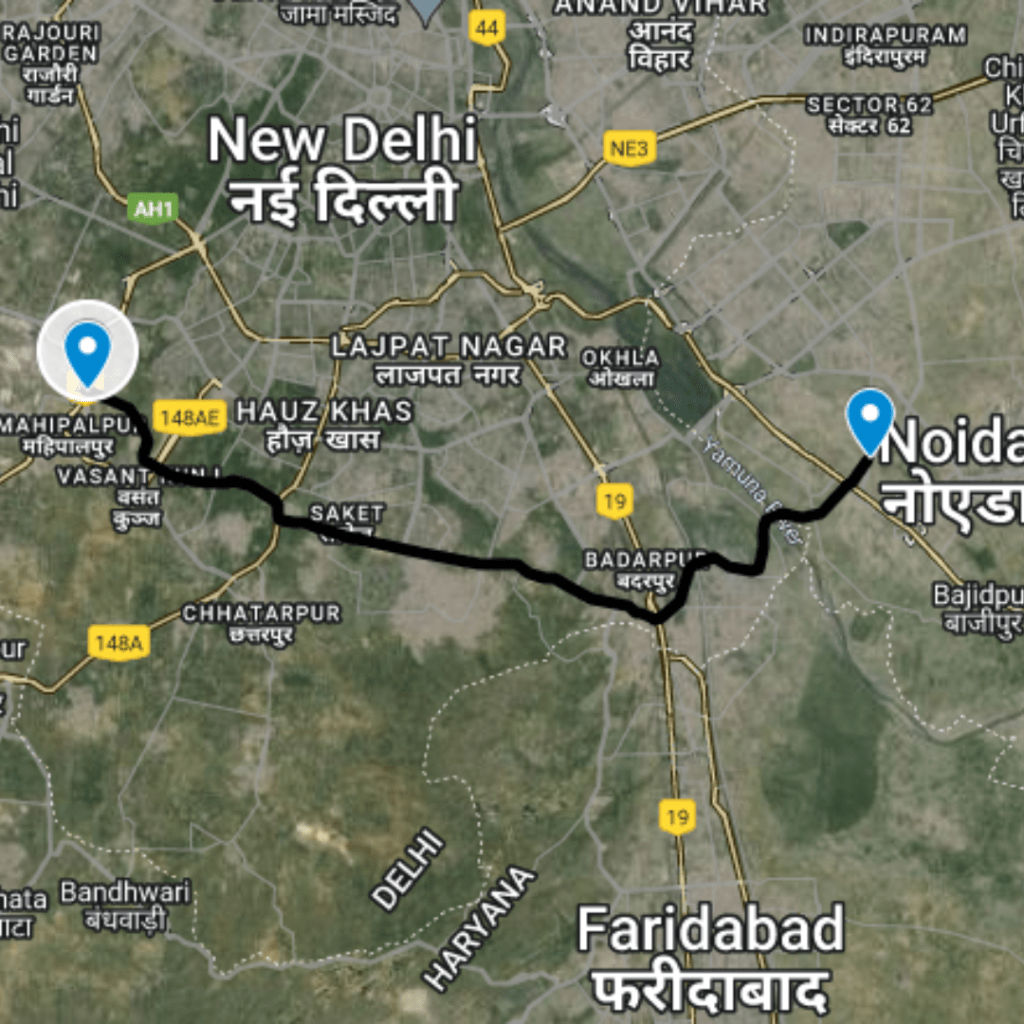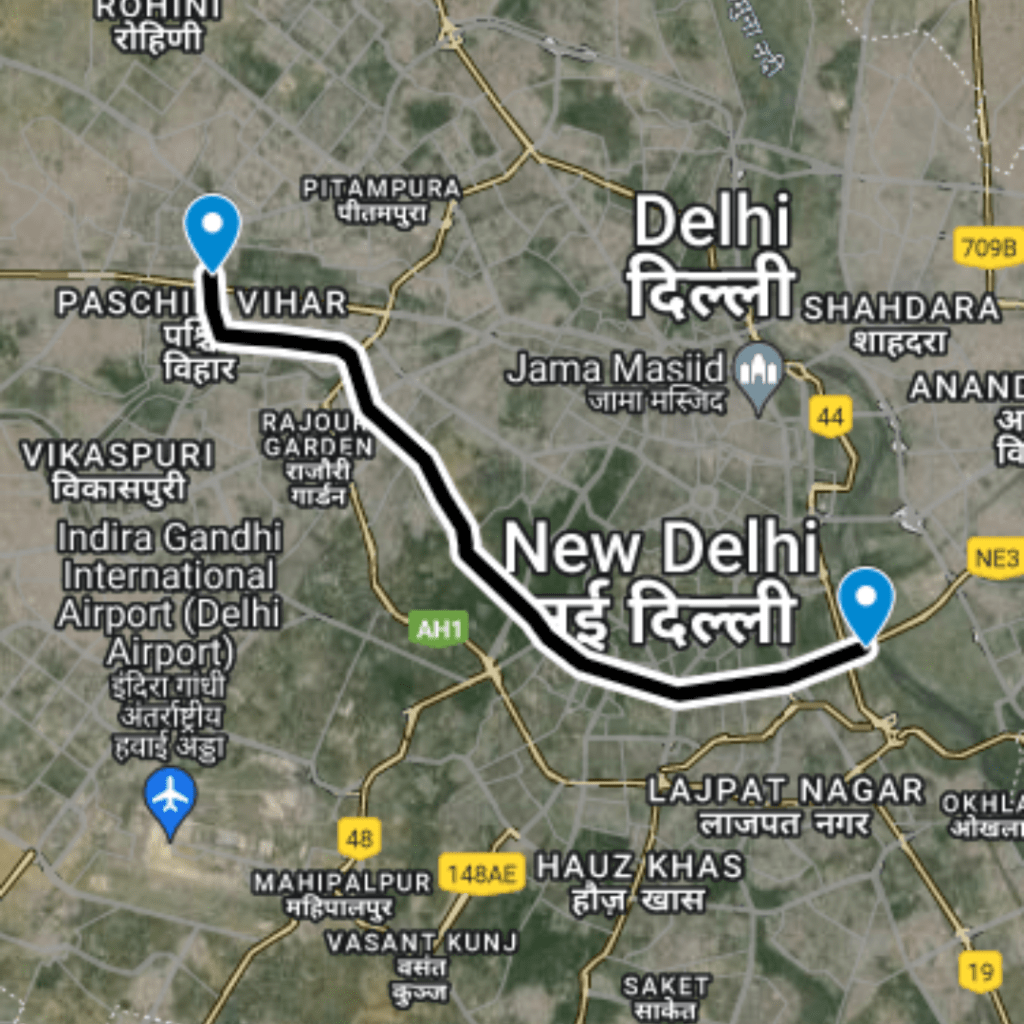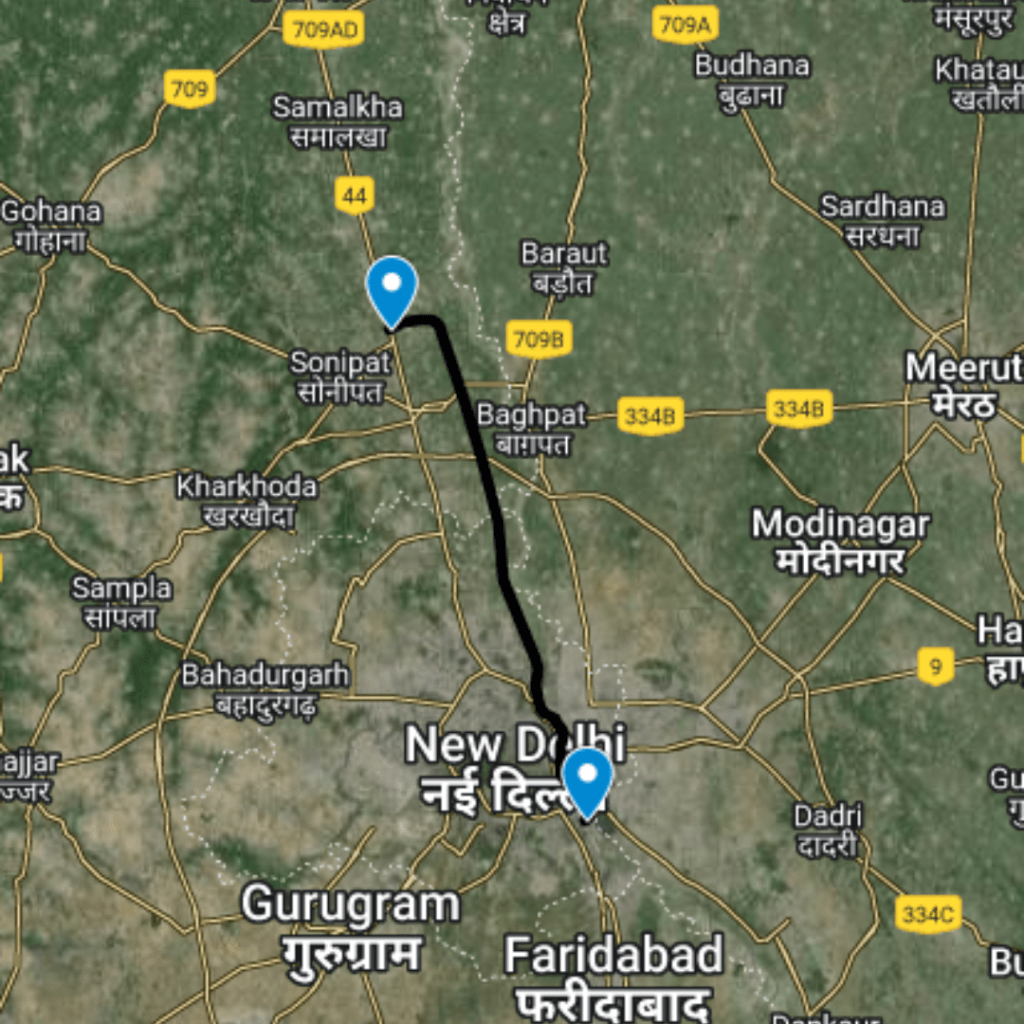Crossing Districts
North Delhi, North West Delhi
Purpose and Objectives
The Purpose and Objectives of the Western Yamuna Canal Road
Introduction: The Western Yamuna Canal Road is envisioned as a transformative infrastructure project with the overarching goal of enhancing connectivity, reducing traffic congestion, and providing a more efficient travel experience. In this article, we delve into the purpose and objectives of this road, emphasizing its potential benefits and the positive impact it can have on the surrounding areas.
Purpose: The primary purpose of the Western Yamuna Canal Road is to:
- Facilitate Efficient Connectivity:
- Establish a well-connected and efficient roadway to enhance travel between key locations.
- Promote better accessibility for both local residents and businesses.
- Mitigate Traffic Congestion:
- Alleviate existing traffic congestion on critical roadways surrounding the Western Yamuna Canal.
- Implement solutions to optimize traffic flow and minimize delays.
- Improve Commuter Experience:
- Offer a smoother, more time-efficient commuting experience for residents and businesses.
- Address existing travel challenges and contribute to improved road safety.
Objectives: The specific objectives of the Western Yamuna Canal Road project include:
- Traffic Management Strategies:
- Implement advanced traffic management systems to replace conventional red lights.
- Introduce intelligent signaling to optimize traffic flow and reduce waiting times.
- Public Satisfaction Enhancement:
- Improve public satisfaction by providing a more convenient and reliable commuting option.
- Enhance the overall quality of life for residents by ensuring stress-free transportation.
- Reduction of Travel Time:
- Significantly reduce travel time between key locations served by the Western Yamuna Canal Road.
- Facilitate quicker movement of vehicles, contributing to time-efficient transportation.
Points of Interest:
- Surrounding Areas with Traffic Improvements:
- Identify specific areas where the implementation of smart traffic management can replace traditional red lights.
- Introduce alternative routes to divert traffic from congested zones.
- Roads with Reduced Traffic:
- Highlight roads and intersections where the new Western Yamuna Canal Road can alleviate traffic, reducing congestion.
- Assess the impact on local roads and potential decongestion benefits.
- Time Savings:
- Estimate the expected time savings for commuters using the Western Yamuna Canal Road.
- Compare new travel times with existing routes to showcase the efficiency of the project.
- Benefits of the Route:
- Showcase how the enhanced connectivity benefits businesses, residents, and daily commuters.
- Emphasize the positive economic impact and increased accessibility to key locations.
- Public Satisfaction and Stress Reduction:
- Evaluate the anticipated increase in public satisfaction due to reduced travel times and improved road conditions.
- Assess the impact on reducing stress associated with traffic congestion.
Conclusion: The Western Yamuna Canal Road stands as a symbol of progress and efficiency in urban infrastructure. By addressing traffic challenges, reducing travel times, and enhancing the overall commuting experience, this project is poised to positively impact the lives of residents and contribute to the sustainable development of the region.
Route Map
Western Yamuna Canal Road
|
Proposed Interchanges
Total Interchange Point : 6
1.Start from Interchange On Bawana , Latitude and longitude : 28.80544, 77.04746
2. Interchange On Industrial Area, Sector 5, Khera Khurd, Latitude and longitude : 28.78969, 77.0683
3. Interchange On UER II , Latitude and longitude : 28.7867, 77.07238
4. Interchange On Bhalswa Flyover , Haiderpur, Shalimar Bagh , Latitude and longitude : 28.72402, 77.14171
5.Interchange On Mahatma Gandhi Road , Wazirpur Industrial Area , Latitude and longitude : 28.69916, 77.15706
6.Interchange On Chaudhary Gulab Singh Marg ,Latitude and longitude : 28.6839, 77.16456
Purposed Roads of India
Purposed Roads of North East India



